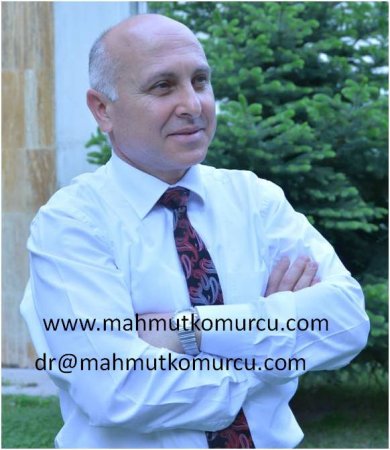Dogramaci Y1, Kalaci A, Sevinç TT, Esen E, Komurcu M, Yanat AN.
Hand (N Y). 2008 Sep;3(3):266-70.
Abstract
This study compares the mechanical properties of modified Kessler and double-modified Kessler flexor tendon repair techniques and evaluates simple modifications on both methods. Forty fresh sheep flexor tendons were divided equally into four groups. A transverse sharp cut was done in the middle of each tendon and then repaired with modified Kessler technique, modified Kessler with additional purchase point in the midpoint of each longitudinal strand, double-modified Kessler technique, or a combination of outer Kessler and inner cruciate configuration based on double-modified Kessler technique. The tendons were tested in a tensile testing machine to assess the mechanical performance of the repairs. Outcome measures included gap formation and ultimate forces. The gap strengths of the double-modified Kessler technique (30.85 N, SD 1.90) and double-modified Kessler technique with inner cruciate configuration (33.60 N, SD 4.64) were statistically significantly greater than that of the two-strand modified Kessler (22.56 N, SD 3.44) and modified Kessler with additional purchase configuration (21.75 N, SD 4.03; Tukey honestly significant difference test, P < 0.000). There were statistically significant differences in failure strengths of the all groups (analysis of variance, P < 0.000). With an identical number of strands, the gap formation and ultimate forces of the repairs were not changed by additional locking purchase point in modified Kessler repair or changing the inner strand configuration in double-modified Kessler repair. The results of this study show that the number of strands across the repair site together with the number of locking loops clearly affects the strength of the repair; meanwhile, the longitudinal strand orientation and number of purchase points in a single loop did not affect its strength.









